Currently Empty: €0.00
OXE Binary Neural Algo
- Home
- OXE Binary Neural Algo
OXE Binary Neural Algo

An Artificial Neural Network (ANN) is an information processing paradigm that is inspired by the way biological nervous systems, such as the brain, process information. The key element of this paradigm is the novel structure of the information processing system. It is composed of a large number of highly interconnected processing elements (neurones) working in unison to solve specific problems. ANNs, like people, learn by example. An ANN is configured for a specific application, such as pattern recognition or data classification, through a learning process. Learning in biological systems involves adjustments to the synaptic connections that exist between the neurones. This is true of ANNs as well.
Neural networks, with their remarkable ability to derive meaning from complicated or imprecise data, can be used to extract patterns and detect trends that are too complex to be noticed by either humans or other computer techniques. A trained neural network can be thought of as an “expert” in the category of information it has been given to analyse. This expert can then be used to provide projections given new situations of interest and answer “what if” questions.
Other advantages include:
- Adaptive learning: An ability to learn how to do tasks based on the data given for training or initial experience.
- Self-Organisation: An ANN can create its own organisation or representation of the information it receives during learning time.
- Real Time Operation: ANN computations may be carried out in parallel, and special hardware devices are being designed and manufactured which take advantage of this capability.
- Fault Tolerance via Redundant Information Coding: Partial destruction of a network leads to the corresponding degradation of performance. However, some network capabilities may be retained even with major network damage.
An important application of neural networks is pattern recognition. Pattern recognition can be implemented by using a feed-forward (figure 1) neural network that has been trained accordingly. During training, the network is trained to associate outputs with input patterns. When the network is used, it identifies the input pattern and tries to output the associated output pattern. The power of neural networks comes to life when a pattern that has no output associated with it, is given as an input. In this case, the network gives the output that corresponds to a taught input pattern that is least different from the given pattern.

Non Repaint, Non Disappearing, Non Back painting
Indicator gives non repaint arrow signals in line with market conditions.
Arrow signals once triggered will never repaint.
Combination of Neural Networks & Non Lag Indicators
In addition to the OXE neural algorithms, others indicators included in the Algo are bollinger deviations, price action including rejection on key support/resistance levels, volatility, volume
Arrow Signals
The Indicator gives clear arrow signals. Just take the signal, nothing else……
Trading Time Frame & Expiry
OXE Neural binary Algo is programmed to work best on a 1M time-frame and 1-2M expiry. In low volume conditions, use 5M expiry.
Signals Frequency
4-5 signals per pair per day.
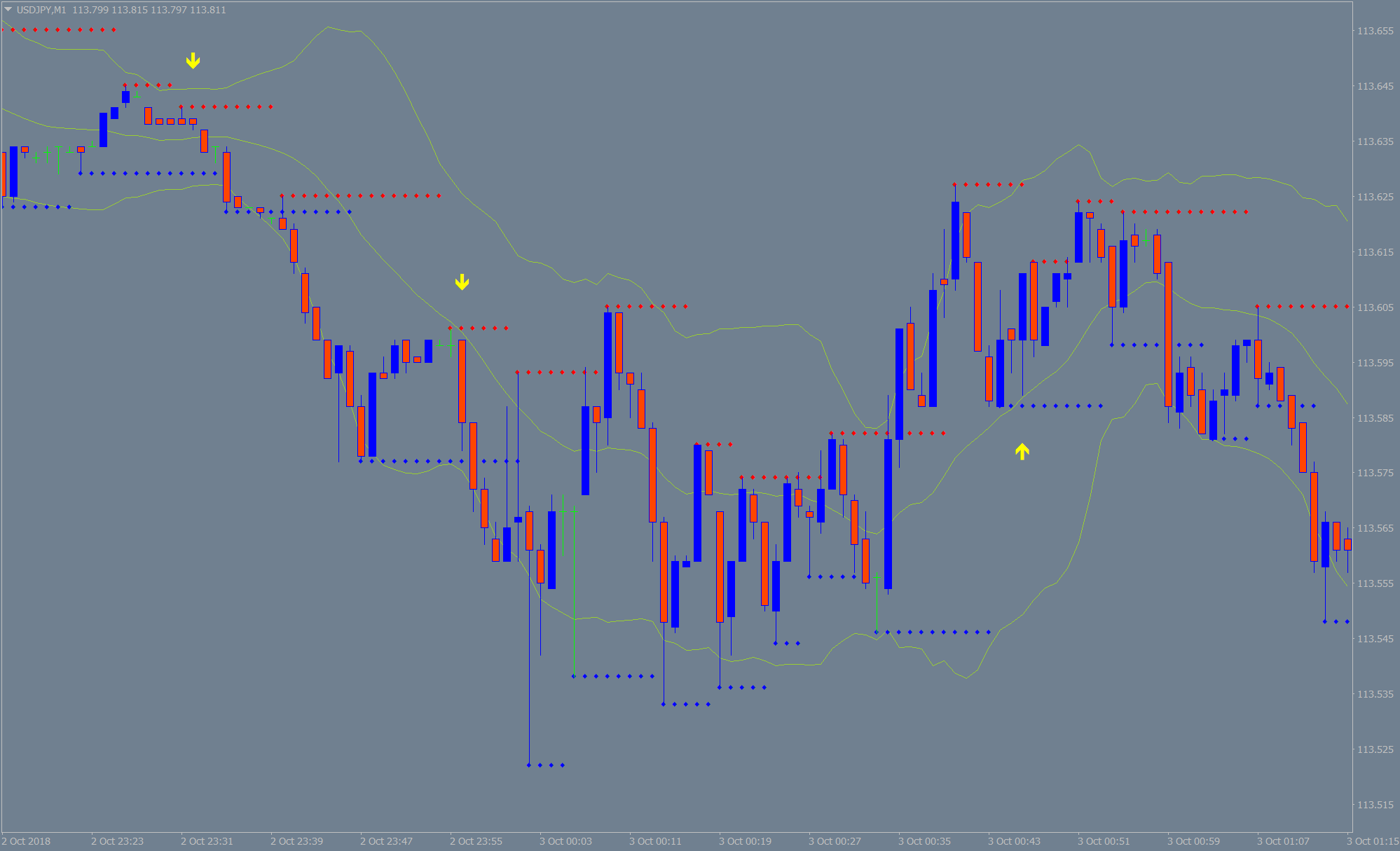
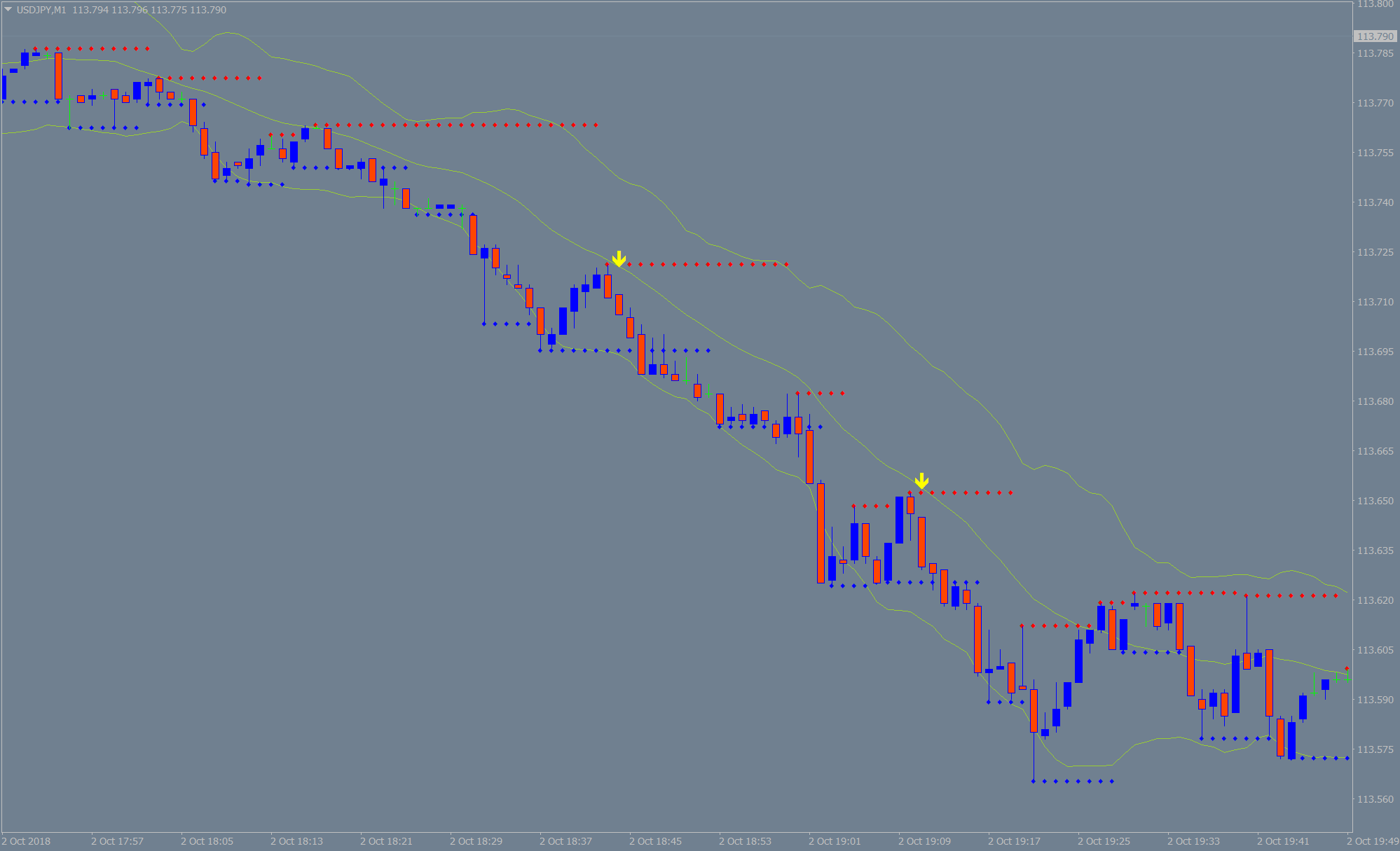
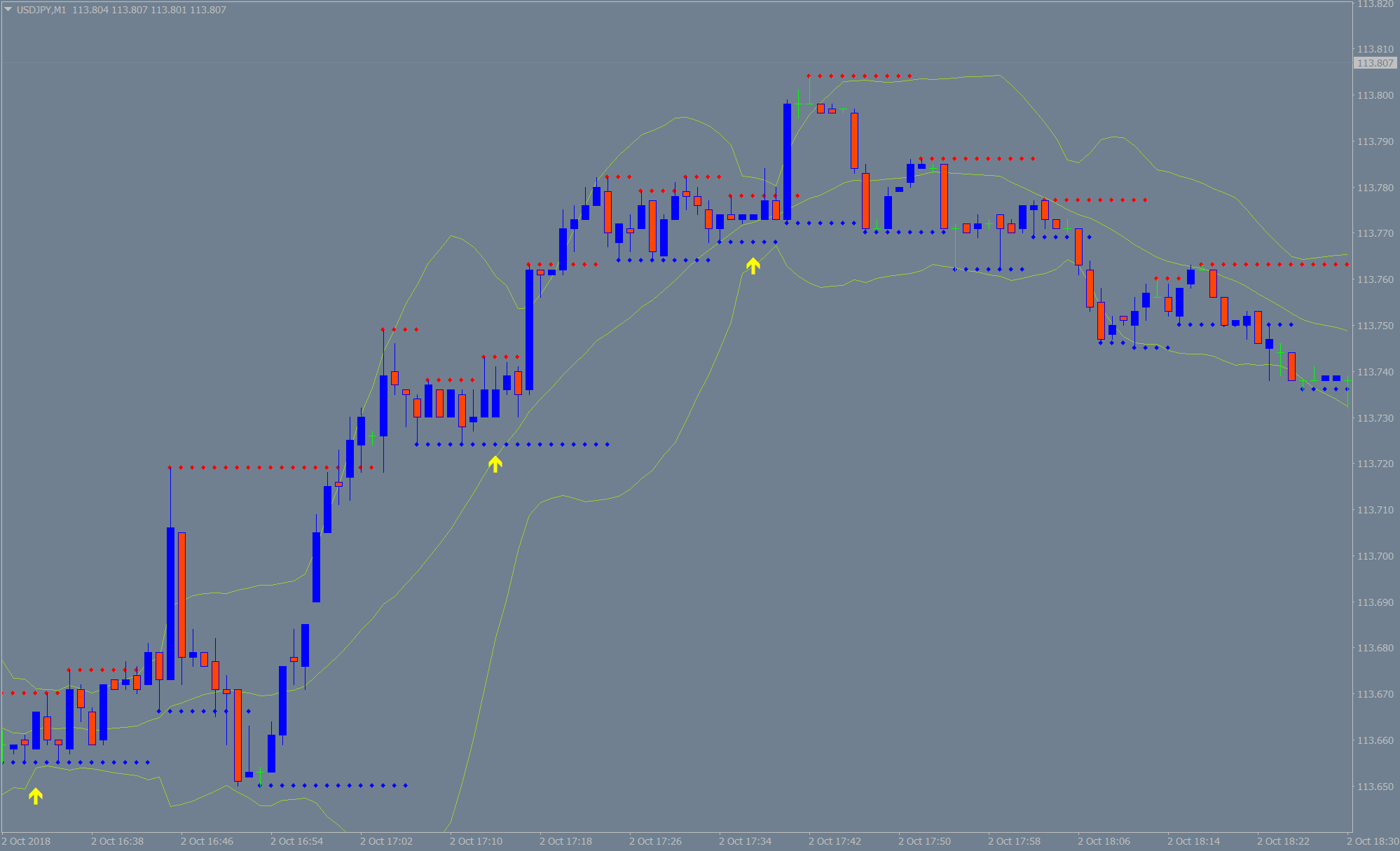
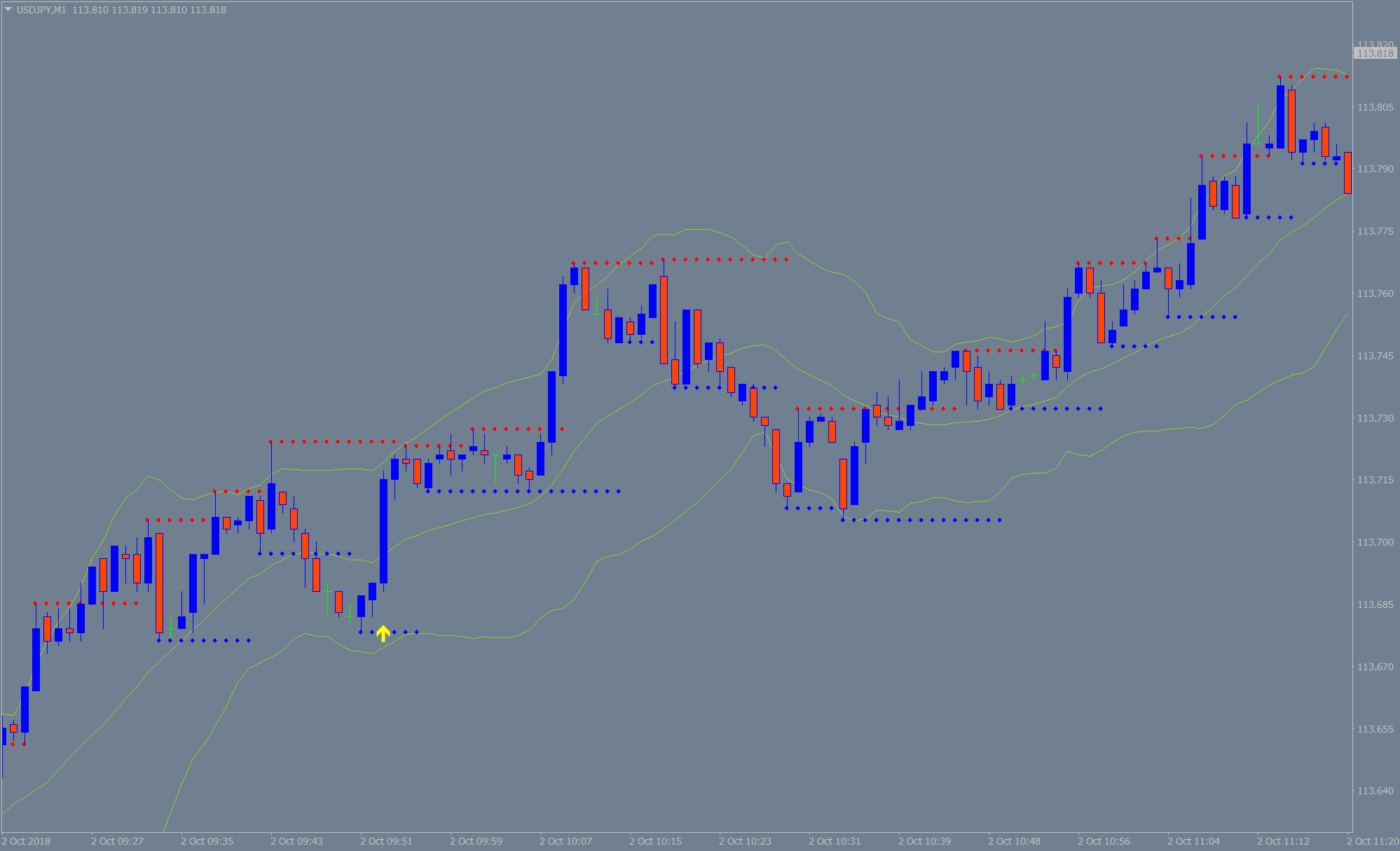
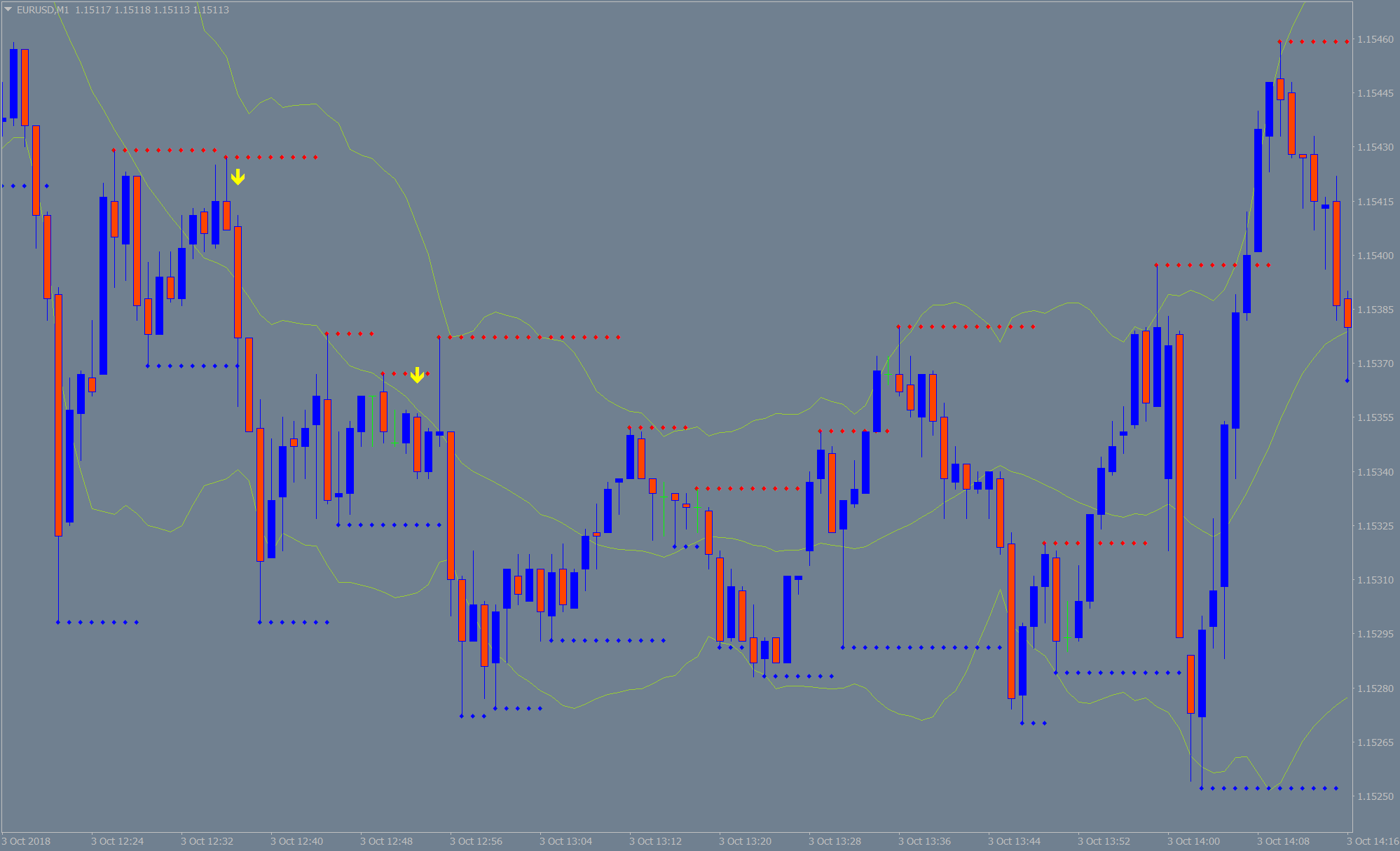
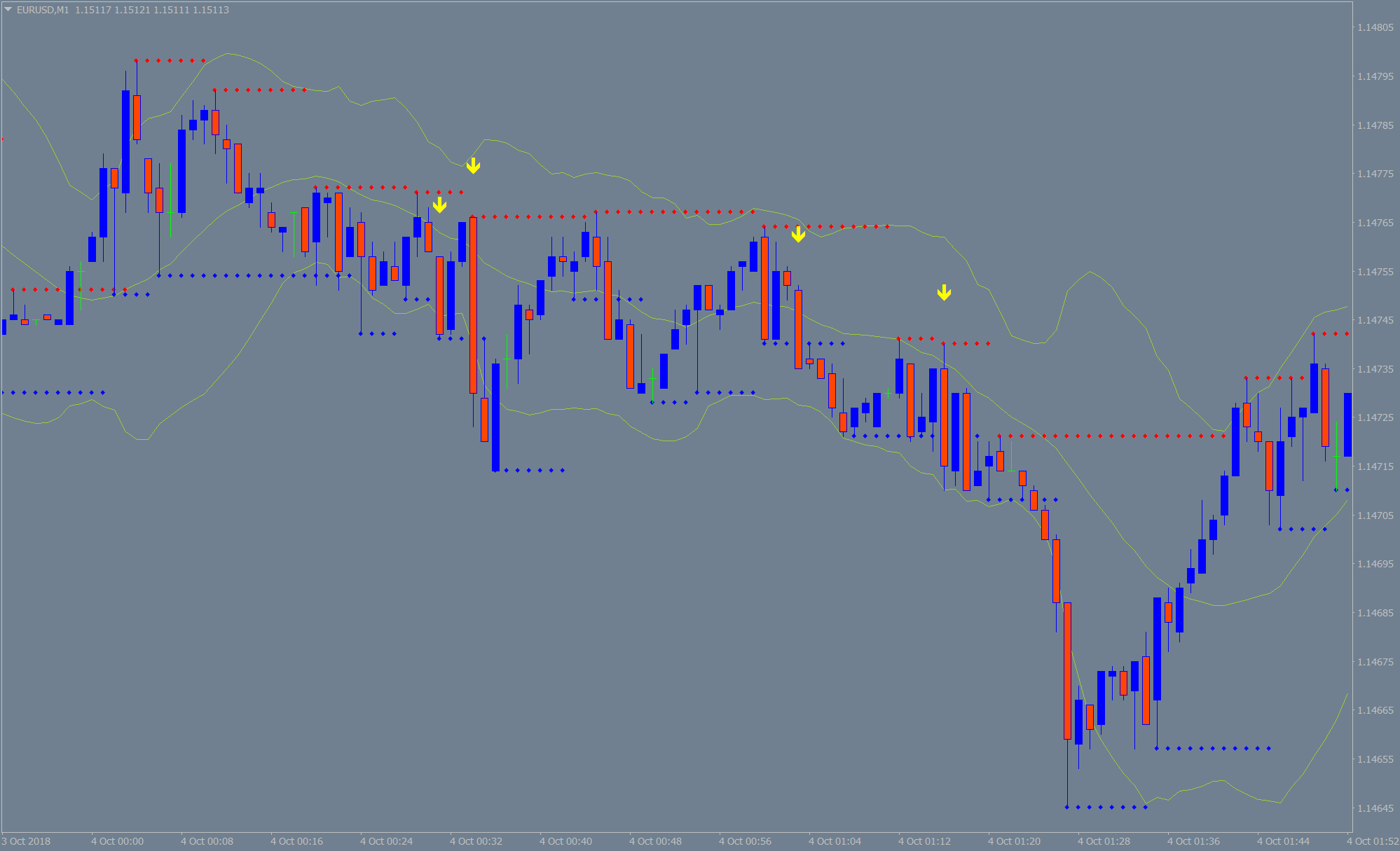
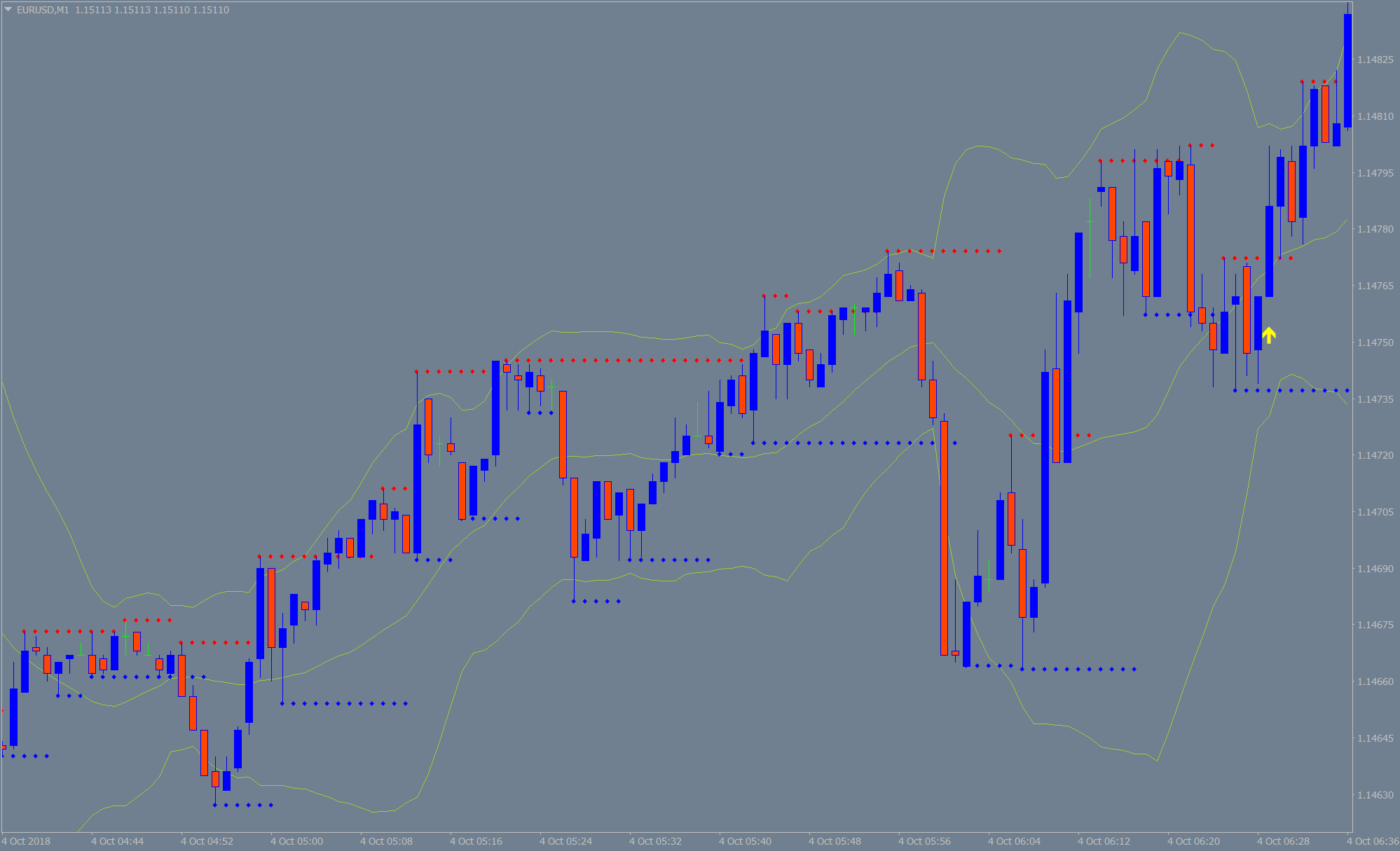
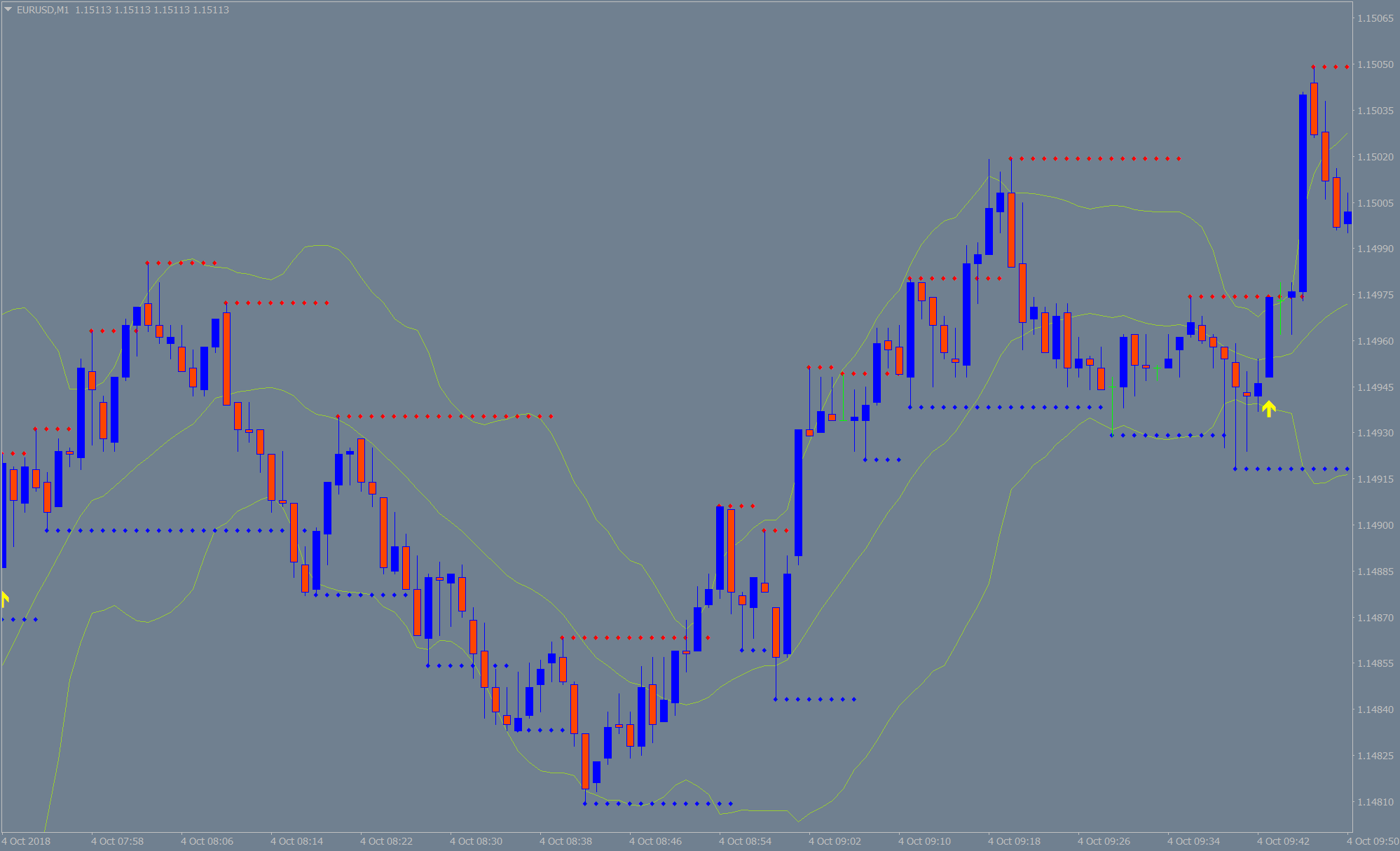
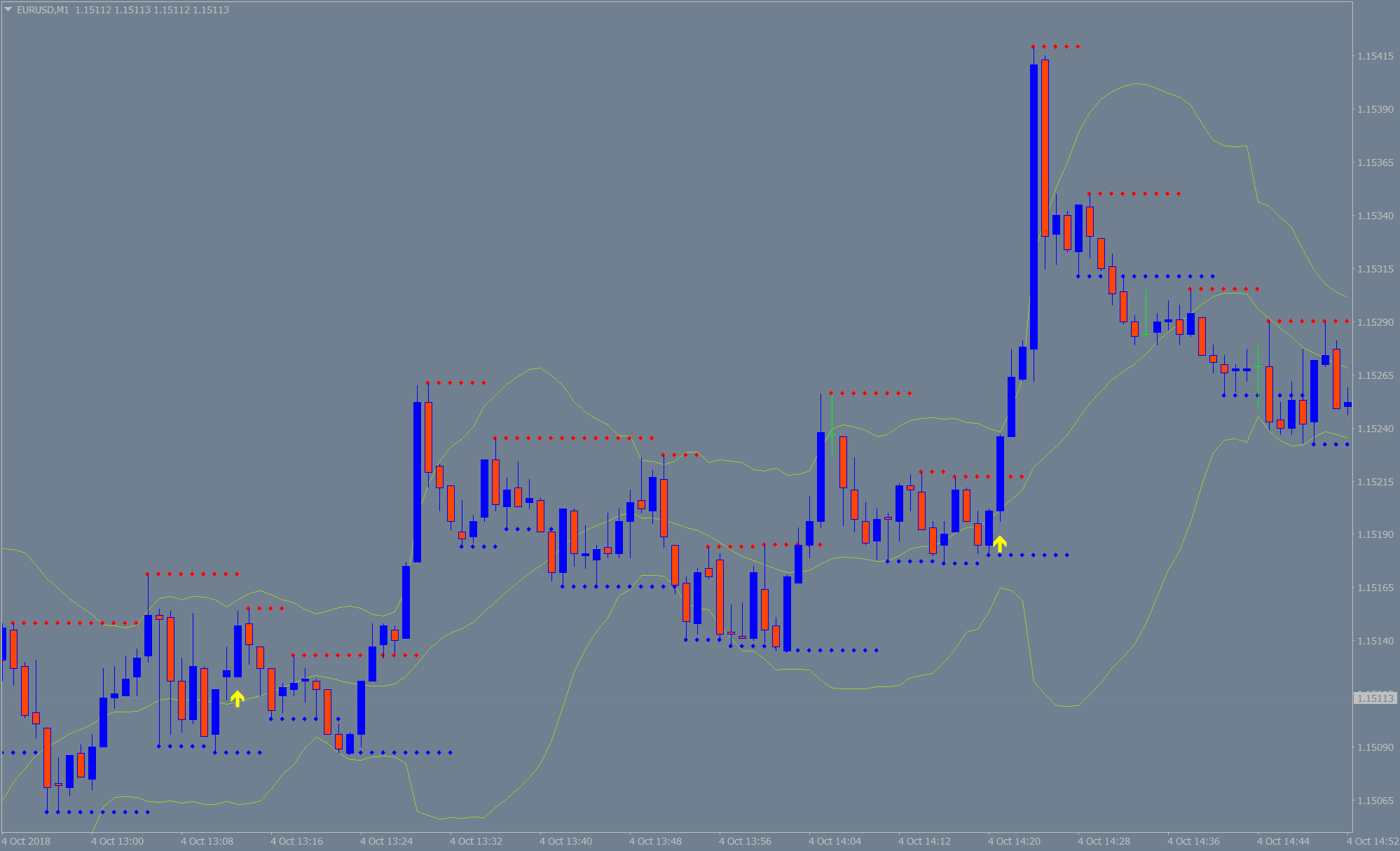
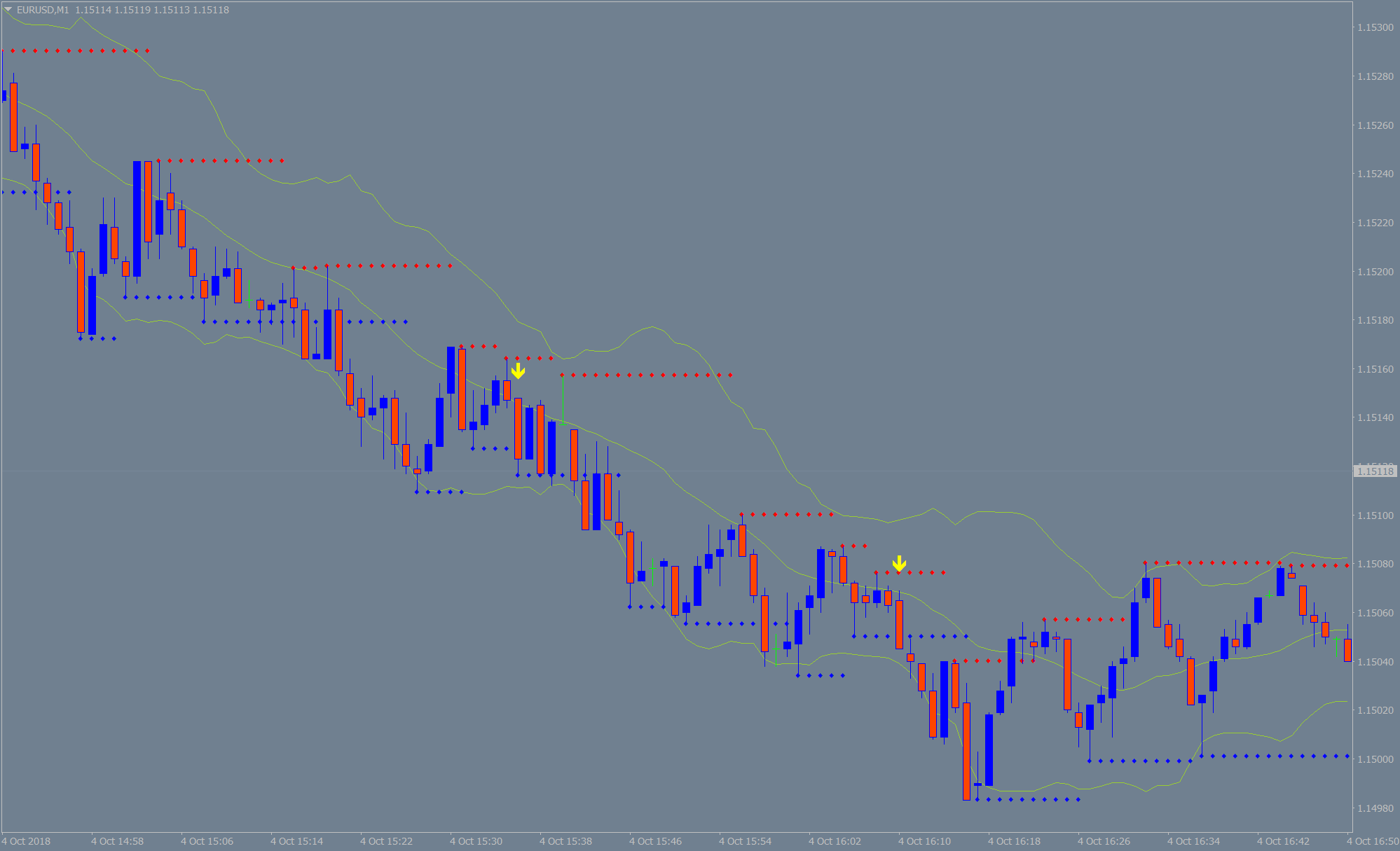
Monthly Rental
- Control over your money
- Works with 1MT4 A/c
- Complete transparency
- Vulnerable environment
- Improved Privacy
- Renewable
Lifetime License
- Lifetime License
- Works with 2MT4 A/c
- Complete transparency
- Vulnerable environment
- Improved privacy
- Full control over fees
Volume License
- Lifetime License
- Full validation
- Complete transparency
- Vulnerable environment
- Improved privacy
- Full control over fees
